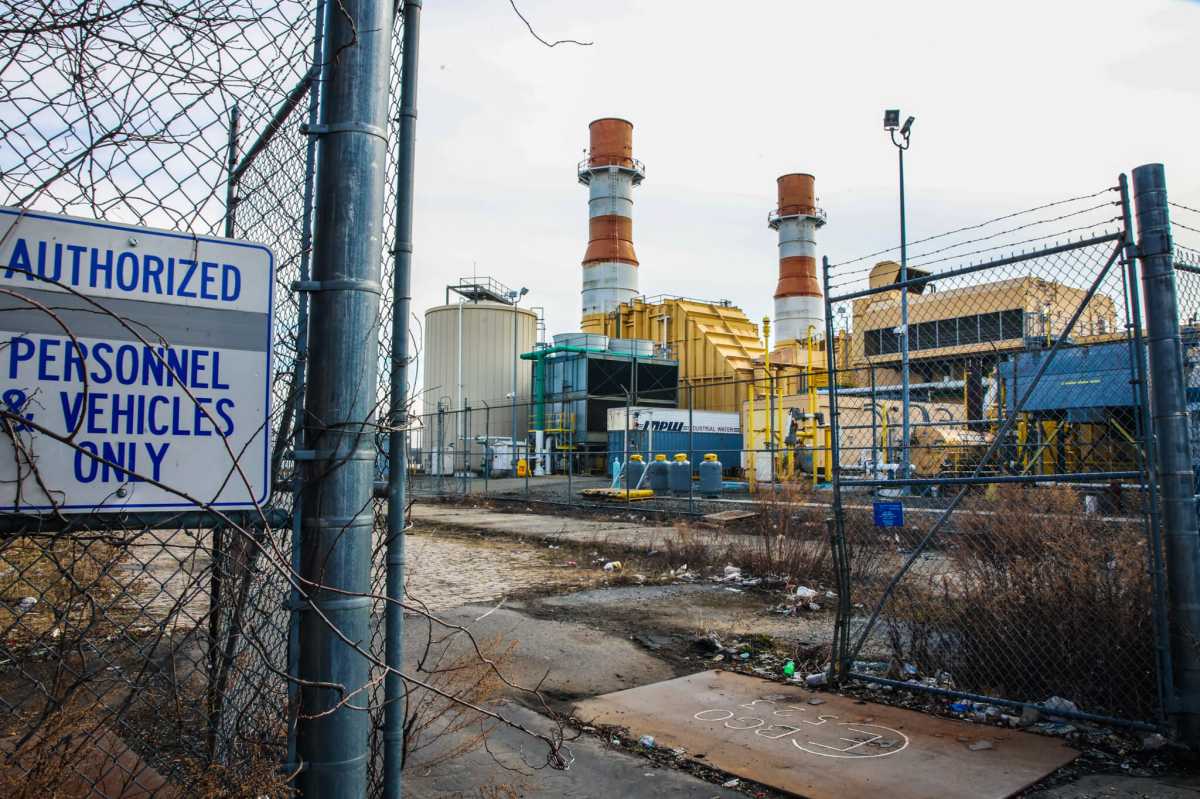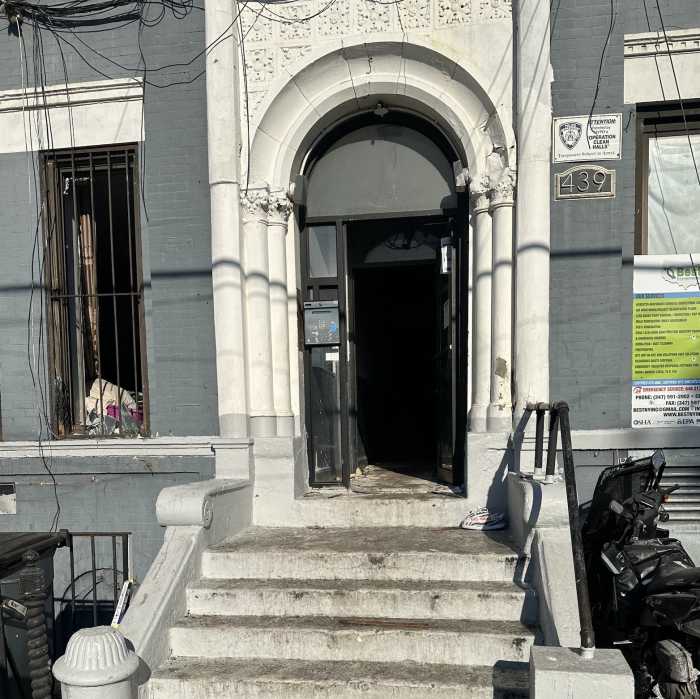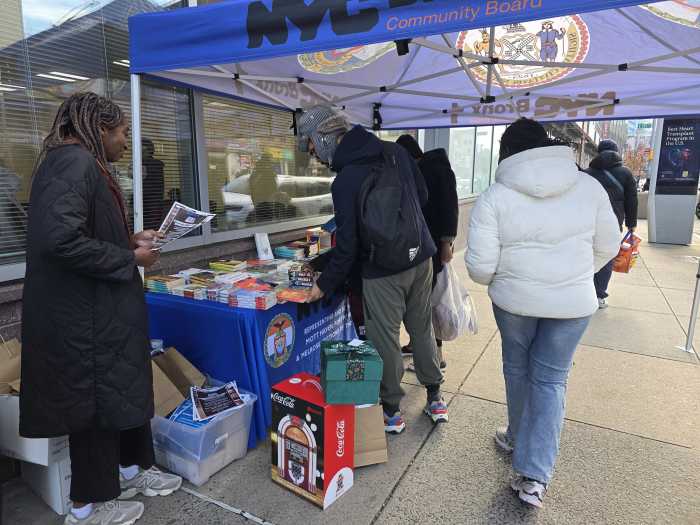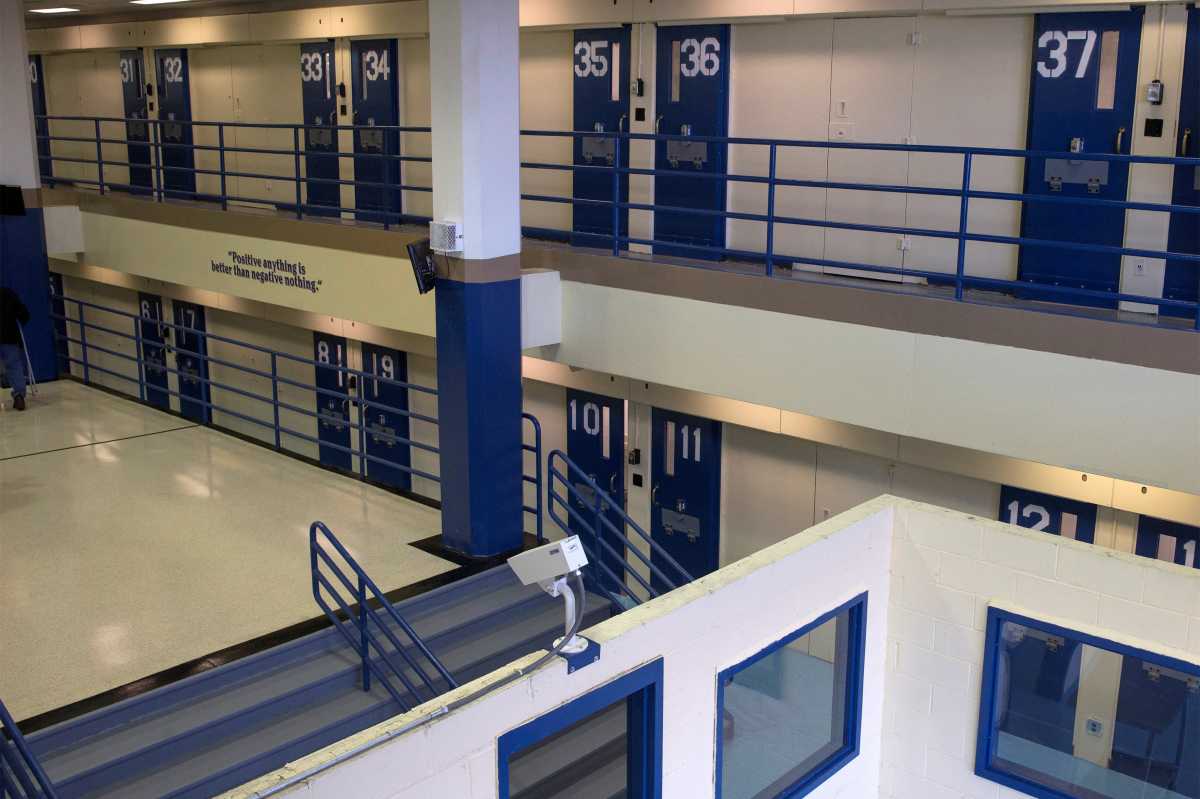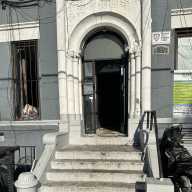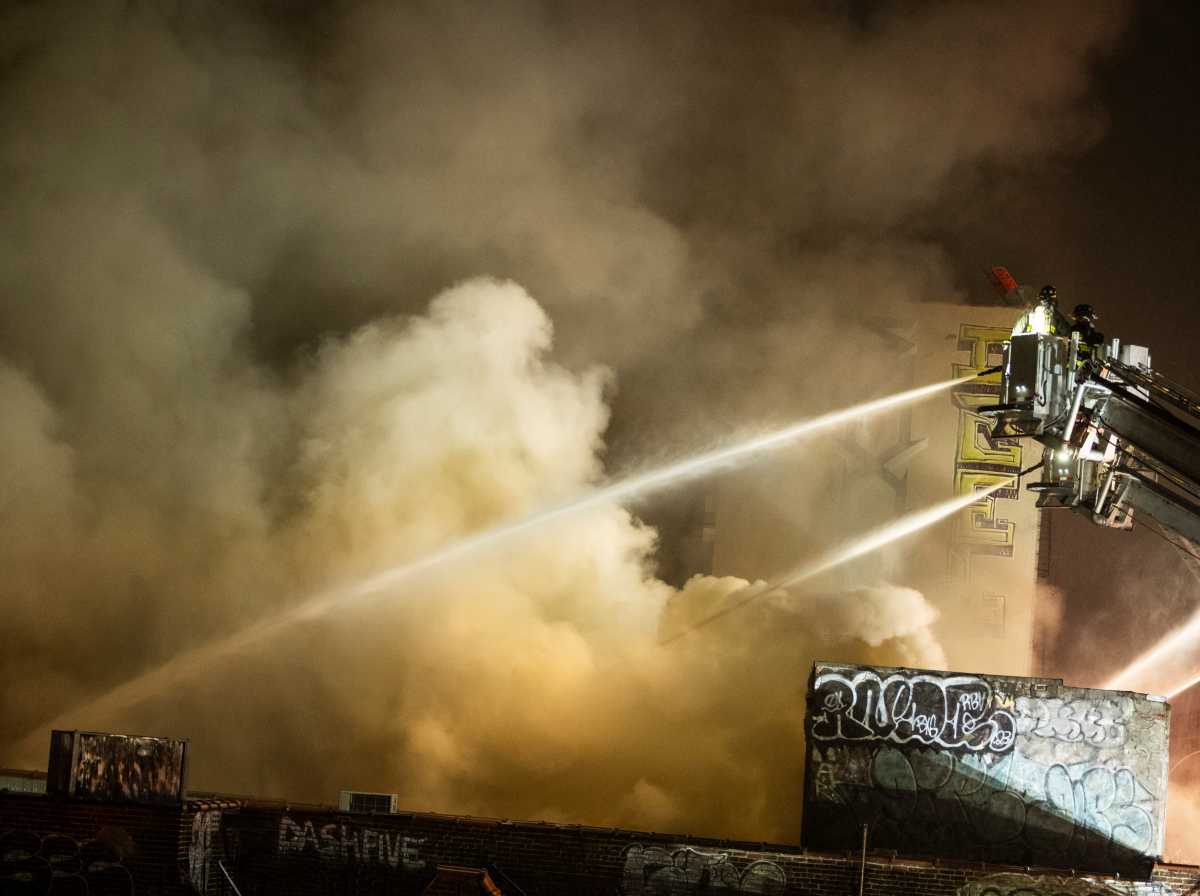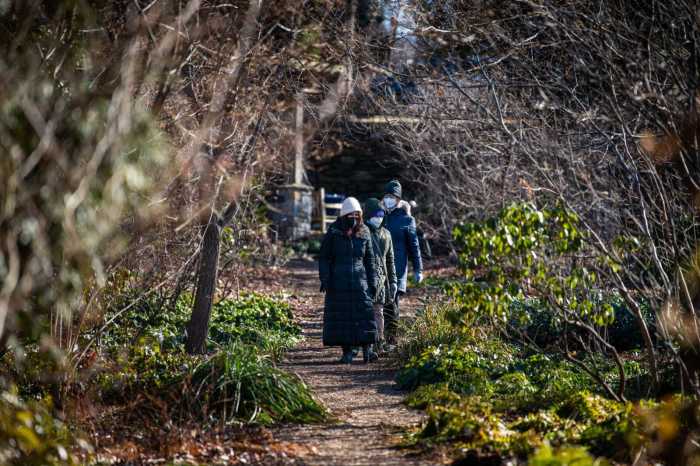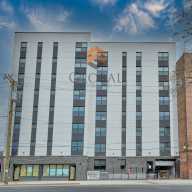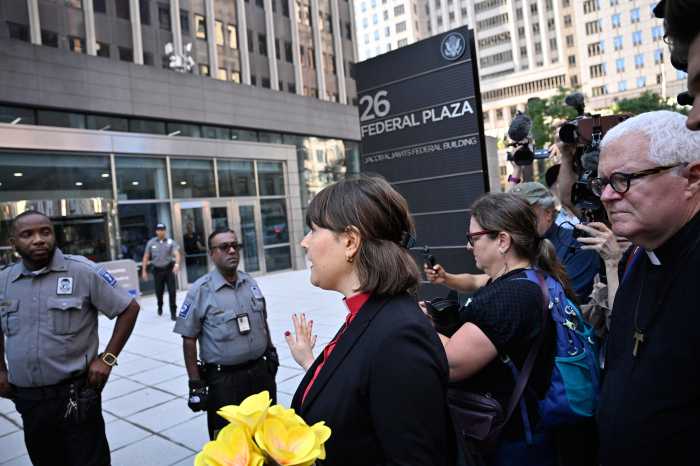This story was updated on Tuesday March 15 to include further response from the New York Power Authority and South Bronx Unite.
South Bronx residents often describe the maritime industrial area in the Bronx, which stretches from Port Morris to Hunts Point, as a “toxic soup” of environmental hazards, including peaker plants, waste transfer stations and incessant traffic of diesel trucks that has led to severe environmental and health challenges.
When the New York Power Authority (NYPA) introduced four of its at-the-time 16 natural gas-fired peaker plants to the South Bronx — with dual units sited in the sections of Ports Morris and Mott Haven — it was only supposed to be temporary. Yet, 21 years later, despite calls from South Bronx residents and activists to close down the plant due to its deteriorative effect on the health of nearby residents and the state’s increased effort for mass decarbonization, NYPA is working to decommission the South Bronx peakers by 2035.
Activists and climatologists, however, believe there is currently enough renewable energy to replace the 10 NYPA-owned peakers, which NYPA states operate roughly 10% of the time “or less” when directed to do so by the New York Independent System Operator, a not-for-profit corporation responsible for operating the state’s bulk electricity grid, and Con Edison to meet energy demands.
After transitioning six of their peakers in 2020, NYPA now has 11 peakers with 10 in NYC and one on Long Island.
“We are living in the South Bronx, where there are four peaker plants, and as an environmental justice organization that represents an environmental justice community, we need to hear from NYPA about our concerns,” said Arif Ullah, executive director for South Bronx Unite. “We need NYPA to be available to us about their timeline for retiring their peakers and that simply hasn’t happened yet.”
On Tuesday, NYPA told the Bronx Times that they had reached out to Ullah through an email dated on Feb. 28, but had not heard a response. Ullah told the Times that after three emails from South Bronx Unite, the first of which was on Jan. 6, NYPA finally responded on Feb. 28.
“The message reiterates that NYPA is exploring the retirement of peakers by 2035, which as we’ve made clear, is many years too late. And, that was the point of our press conference,” said Ullah in a statement to the Times. “We do not believe that 2035 is a justifiable date to retire the peakers, considering the introduction of adequate renewables to replace nearly all peakers in NYC by 2026.”
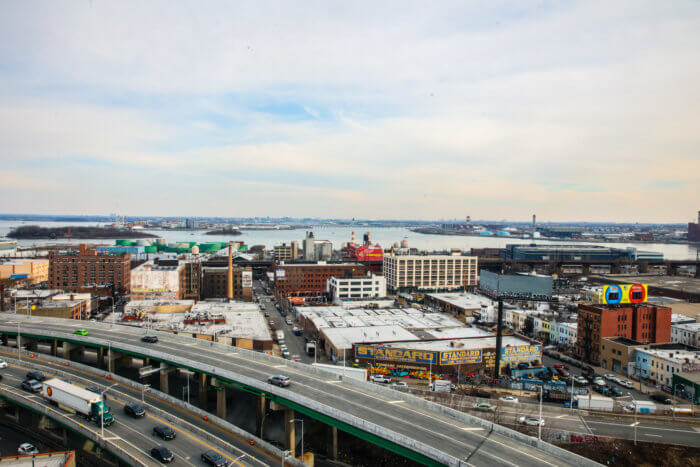
In the fall, NYPA signed a memorandum of understanding which committed them to collaborate with environmental justice groups to explore cleaner energy options for its entire fleet of citywide, peaker power plants, the first time a utility has agreed to enter into such a collaboration in the country.
The agency told the Bronx Times that they are “actively” working with stakeholders and advocates on transitioning its small clean power plants, known as peakers, to low or zero carbon emission resources and technologies by 2035. The effects on the South Bronx environment and its inhabitants due to the peakers and the city’s reliance on fossil fuels — 80 and 90% of the city’s electricity is powered by fossil fuels — is potentially irreversible, residents and environmentalists tell the Times.
“I have three kids who are asthmatic and I recently been dealing with respiratory health issues,” said Serena Jones, who lives near the industrial complex where one of the Mott Haven peakers are located. “During the summer, it’s muggy, exhausting and it seems like no one cares that we’re struggling to breathe in this neighborhood.”
According to the New York Public Service Commission, peaker plants around the city emit twice as much carbon dioxide per unit of electricity than regular power plants and 20 times as much nitrogen oxides — responsible for high rates of respiratory illnesses like asthma, heart disease and cancer.
The South Bronx has one of the highest death and disease rates from asthma in the country. In the Mott Haven and Melrose sections of the Bronx, which are surrounded by peaker plants, the asthma emergency room visit rate among children ages 5 to 17 is nearly triple the citywide rate.
With a portion of the borough nicknamed Asthma Alley, while also being one of the most racially diverse areas in New York City as well as home to the poorest congressional district in the United States, many feel the Bronx has been ripe for environmental racism through policies and peakers for decades.
A demonstration in Mott Haven last Sunday calling for closure of the peaker plants piggybacks a letter sent to Gov. Kathy Hochul and two state agencies by advocacy group South Bronx Unite and other community groups, and co-signed by lawmakers, including progressive state Sens. Alessandra Biaggi, Gustavo Rivera and Jose Serrano Jr.
The Mott Haven and Port Morris neighborhoods experience higher than average air pollution, with an annual average fine particulate matter that’s greater than both the Bronx boroughwide average and the NYC average, values that measure the concentration of an air pollutant.
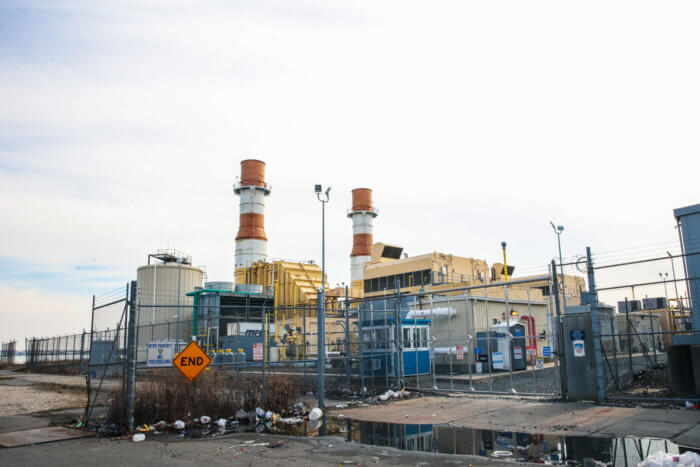
NYPA said it’s also helping to advance other clean energy efforts, including new transmission lines such as the Clean Path NY project, one of two projects selected by NYSERDA in the fall to deliver more renewable energy to New York City. Clean Path NY would transmit solar and wind energy from Central New York and other areas of the state to the Rainey Substation in Astoria, and officials said that any routing in the Bronx is anticipated to be “extremely limited.”
Amy Varghese, vice president of Clean Path NY External Affairs, told the Bronx Times that the project could reduce pollution and particulate matter emissions in the Bronx from the electric sector by 22% each year. While 2027 would be the target date for the project, CleanPath NY previously stated that it will invest $70 million in environmental justice programs through a statewide initiative with priority given to directing funds into “frontline communities”, and the project would lead to billions in health savings in vulnerable communities across the state over the next two and half decades.
“The Clean Path NY team is committed to working with communities and stakeholders at every stage of the project to ensure that local voices are sought and heard,” Varghese said, “because Clean Path NY is a win-win for the Bronx and the entire State of New York.”
Reach Robbie Sequeira at rsequeira@schnepsmedia.com or (718) 260-4599. For more coverage, follow us on Twitter, Facebook and Instagram @bronxtimes.

